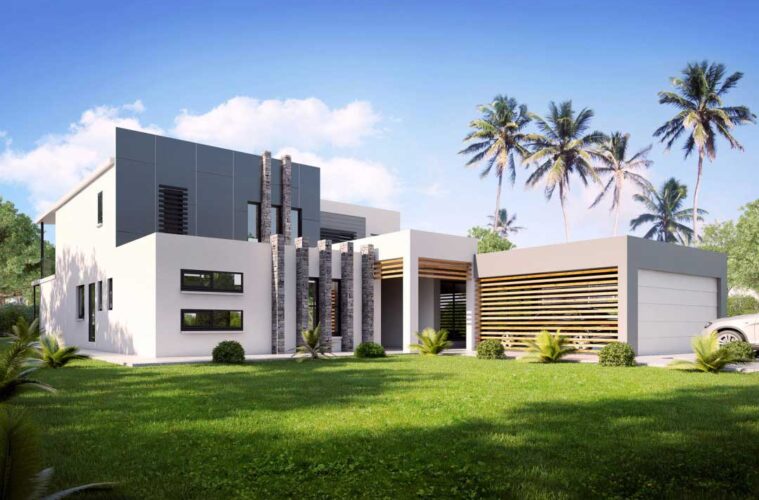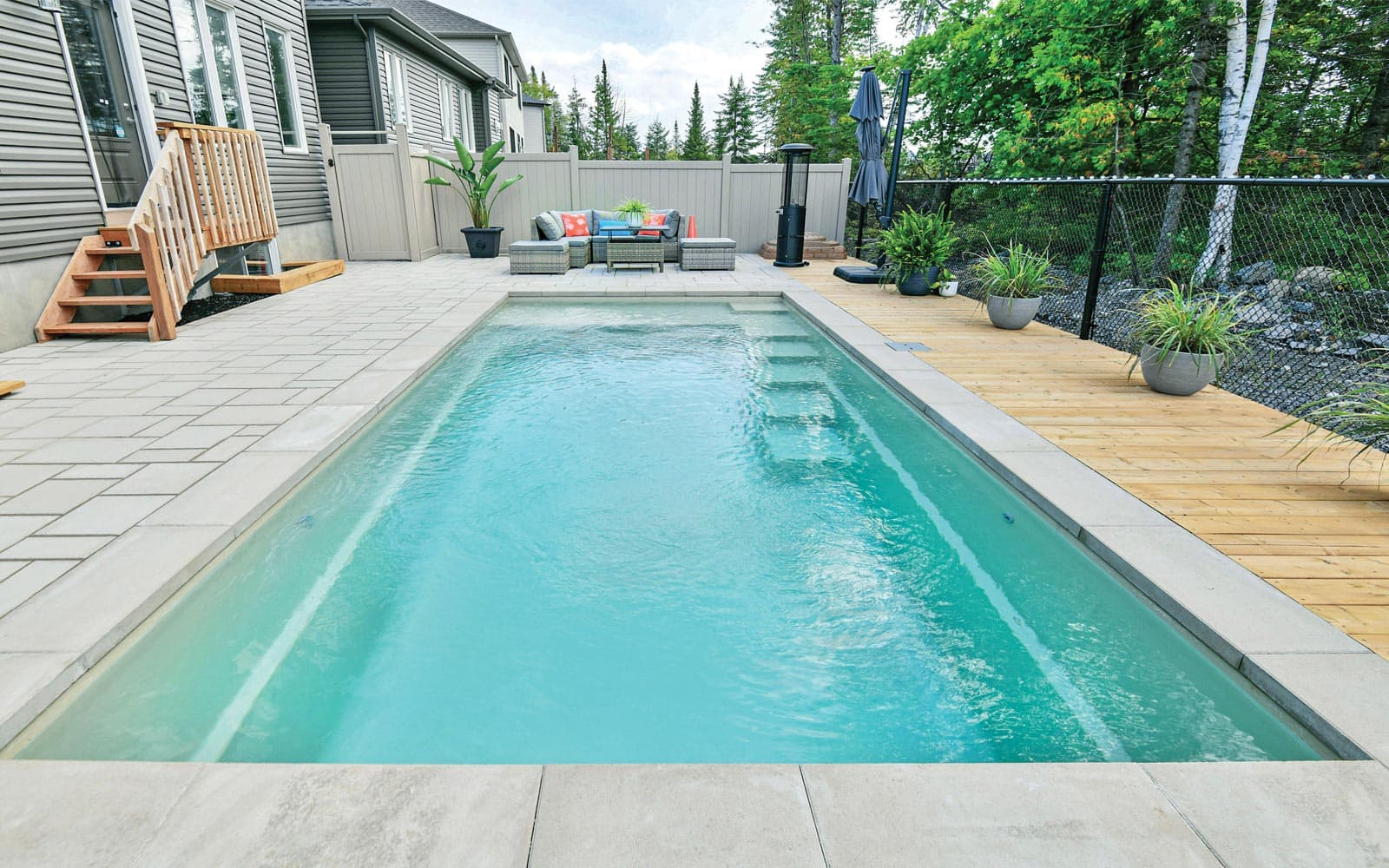An increasingly popular request of architectural design firms by those commissioning industrial, commercial, and residential buildings is installing access control to improve physical security. Often this can prove to be a challenge for architects when requested after concepts have already been developed as access control systems can disturb the aesthetics of a completed design proposal.
Yet, if the marketplace demands access control, architects are charged with providing design solutions that are functional while still preserving building aesthetics and design. Design proposals need to include access control systems from the initial sketches much like parking solutions are regularly incorporated.
Security needs are fueling increasing demands for access control systems and hence dictate that designs need to include these in proposals. Including these systems in visible locations such as entryways or building facades can be especially difficult if a design is minimalist, historically inspired, or ecologically sustainable.
Fortunately, technological advances now include minimalist equipment that is more easily integrated into designs without becoming an element of contrast or disturbance while increasing convenience and the feeling of safety for those that frequent the edifice.
Involving Security Experts in Building Design
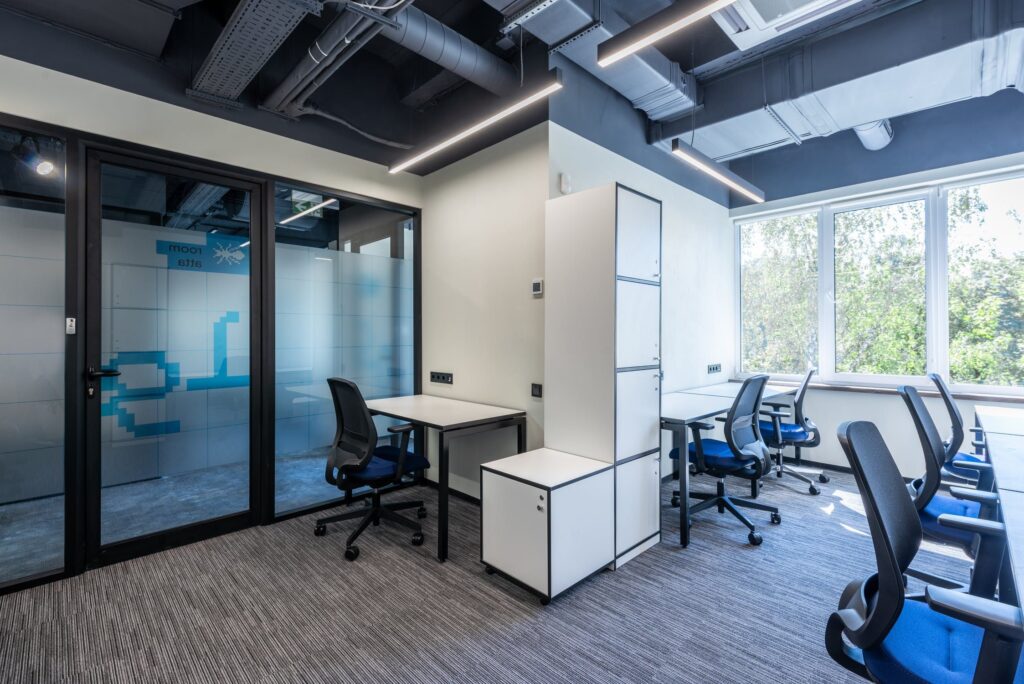
source: pinterest.com
Even though architects understand that access control systems are a necessity for building security, it is important and useful to include security experts in the early stages of building design. Although security considerations may only have a limited effect on a comprehensive project budget, the importance of security systems cannot be an afterthought. Leaving the integration of security tools to later in a building design can prove to be disruptive to the design in advanced stages as well as create more work for everyone involved from architects to engineers. It can also be extremely disruptive if left until construction has already begun.
Leaving Access Control to Later Stages of Building Design
Multiple problems can arise if architects and those that commission buildings wait until late in construction to integrate security measures. Among the risks to consider are:
Disappointing Aesthetics
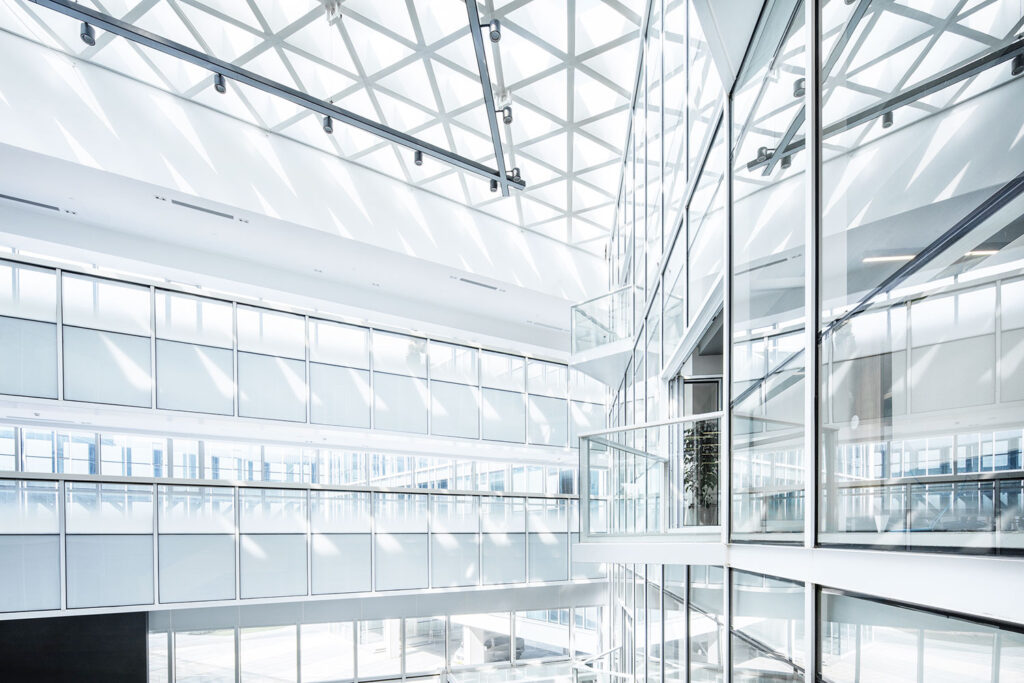
source: pinterest.com
Imagine already having approved a building design and having to retrofit an access control system to an already constructed building. This may require cutting into new walls and ceilings or leaving wiring exposed. The system will function, but it may ruin the desired effect of the original architectural design.
Increased Expense
If security is not planned during the design process, expenses will increase when a solution is determined. Walls and ceilings may need to be cut and patched for wiring increasing labor costs. Door hardware may need to be changed and reordered. You may also have to settle for less secure options if you are obliged to fit equipment to existing walls and doors rather than considering them in your original design.
Fewer Technological Options
Security technology is in continual evolution. New trends include mounting a card or biometric readers directly on entrance doors as opposed to building walls for a cleaner appearance. However, by not including access control early in the design process, options become more limited.
Delays in Construction
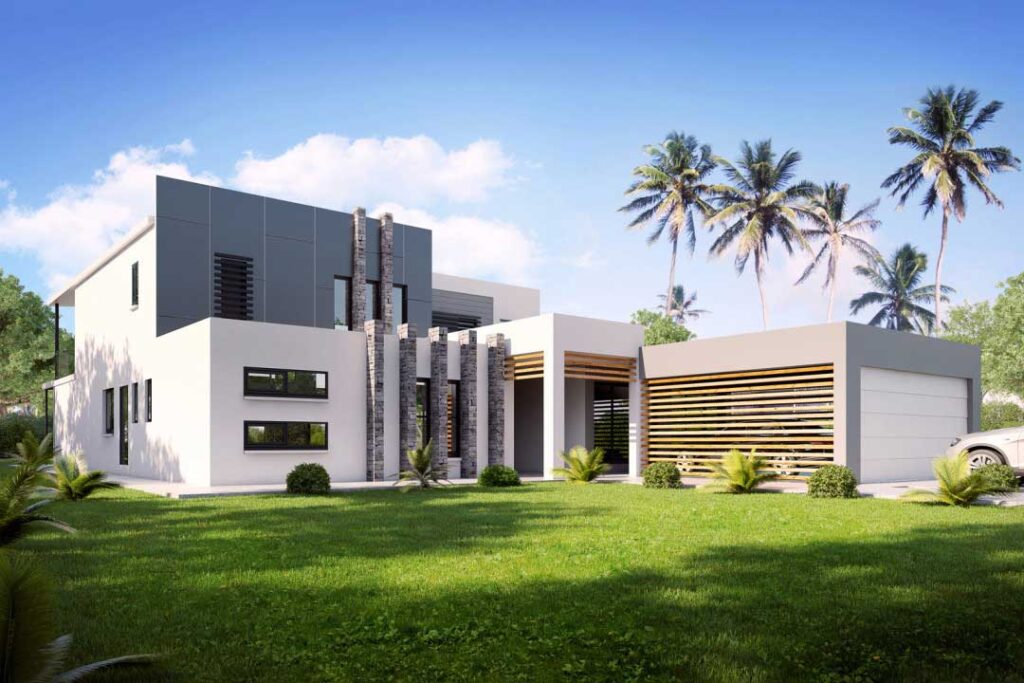
source: pinterest.com
If security is an afterthought, the completion of a building may be delayed. If you have to install security systems late in the project, you may not be able to close and finish walls and ceilings until all the wiring has been installed. When integrating electrical systems later, your building occupancy licenses and permits may be delayed until all the building electrical systems, including access control, have been inspected and approved. Including access control in building design from day one, will permit you to maintain wiring and inspections on schedule.
Why Your Architectural Design Should Include Access Control
By designing a building with access control as a priority, you offer your clients a more secure facility. CCTV and camera locations together with readers of a badge security system, digital credentials, or biometric characteristics, as well as wellness verification technology can be positioned to meet security needs and at the same time be aesthetically pleasing. These systems don’t need to be unsightly, and this can be avoided by including them in the building design.
Integrating access control directly in the design proposal will allow for customized solutions that might utilize video cameras, card readers, smart locks, or even turnstiles, or whatever a building owner prefers. A building design that includes access control from day one can save money that would otherwise be needed for reconfiguring security systems.
Integrated access control in building design can result in easier property management and system maintenance, increase connectivity with other building systems, and contribute to a reduction in operating expenses.

